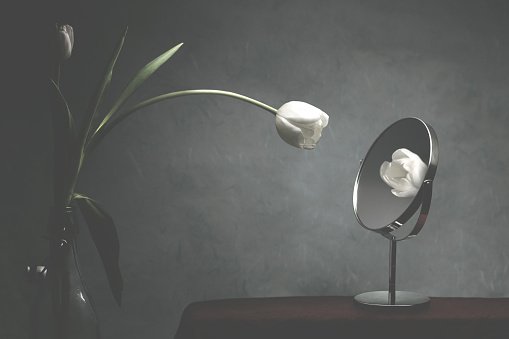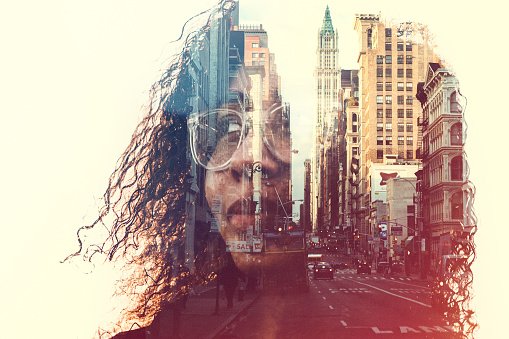Artists’ inner feelings and emotions can be the voice of their spirit wanting to be heard. Feelings turn into powerful emotions that have their say and reflect the happenings in their life. Art becomes the tool for the spirit expressed using art.
Art may be presented to entertain or influence others; in those cases, it may draw more from the art’s goal than the artist’s feelings.
The totality of society and culture can be represented in art, becoming a form of collective expression.
The positioning of people, objects, and colors reflects the artists' personalities and spirits. When an artwork has a hidden or obvious meaning, you may feel the artist’s soul. The goal for the author would be for you to feel what they feel or think you should feel.
Joseph Heinrich Beuys, a German artist and art theorist who died in 1986, believed in the "extended definition of art" in which everybody was an artist.
He once said, "every sphere of human activity, even peeling a potato, can be a work of art as long as it is a conscious act,"













